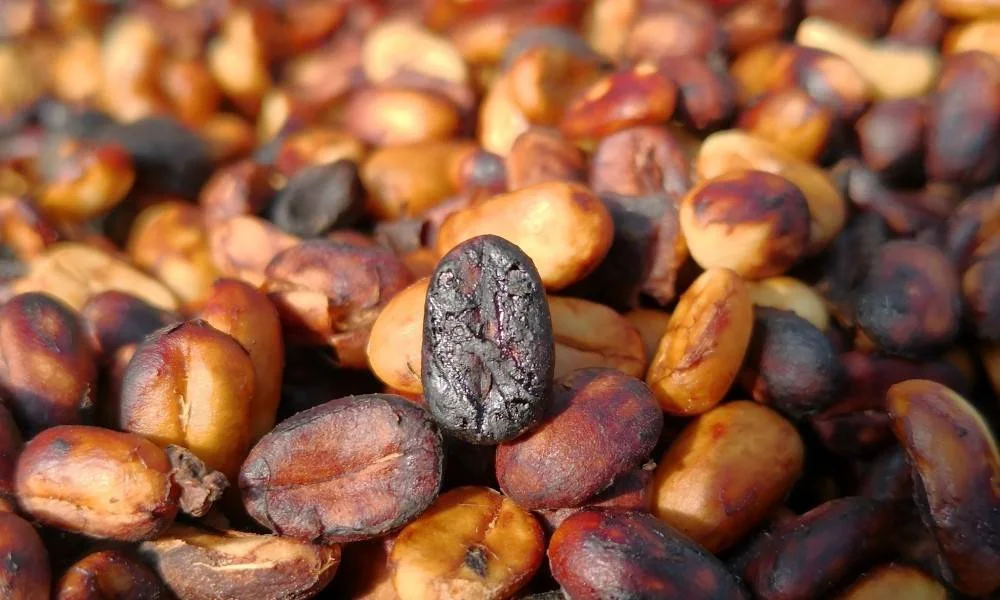Coffee enthusiasts know that the magic of a perfect cup begins with properly stored beans. The vibrant flavours, aromatic notes, and distinctive character of premium coffee diminish rapidly when beans aren’t handled correctly after roasting. Proper storage techniques preserve these qualities, extending the window of peak flavour enjoyment.
Choosing the right container
The ideal coffee storage vessel shields beans from air, light, and moisture while allowing occasional gas release. Several options meet these requirements effectively:
- Ceramic containers with airtight seals protect against light while maintaining consistent temperatures.
- Stainless steel canisters with one-way valves permit gas release without letting air in
- Specialized coffee vault systems explicitly designed for bean preservation.
Glass jars, while popular, only work well when kept in dark cabinets. Clear glass exposes beans to light damage, rapidly diminishing their quality. Plastic containers often impart subtle flavours to beans and may not provide adequate air sealing.
The original packaging from quality roasters often features one-way degassing valves—these bags work remarkably well for short-term storage. However, transferring beans to dedicated storage containers provides better protection once opened.
Temperature and placement considerations
Where you place your coffee storage matters significantly; contrary to popular belief, the refrigerator creates problematic conditions. When removing and returning beans, the temperature fluctuations cause condensation inside containers, introducing moisture directly onto beans. Freezers present similar issues with the added risk of absorbing odours from surrounding foods.
The optimal storage location maintains a steady room temperature away from heat sources. Kitchen counters near ovens or stovetops expose beans to heat fluctuations. Cabinets away from appliances, particularly those on interior walls that maintain more consistent temperatures, provide better conditions for preserving freshly roasted arabica beans throughout their lifespan.
Portion control strategies
Whole bean storage outperforms pre-ground coffee by a significant margin. The increased surface area of ground coffee accelerates oxidation dramatically—flavour deterioration happens within minutes rather than days or weeks. Grinding immediately before brewing represents the gold standard for flavour preservation.
For those who require pre-ground portions due to time constraints or equipment limitations, consider the following:
- Grinding only weekly portions, storing the remainder as whole beans.
- Using small, separate containers for ground portions to minimize air exposure
- Vacuum-sealing individual portions when possible
Each time a container opens, fresh oxygen enters and initiates new oxidation. Minimizing these openings using appropriately sized containers for your consumption rate helps maintain quality longer.
Tracking age for optimal consumption
Coffee doesn’t technically expire, but flavour quality diminishes predictably after roasting. Peak flavour typically occurs between 2-10 days after roasting for most freshly roasted arabica beans, depending on variety and roast level. After this window, gradual flavour loss continues for several weeks.
Dating storage containers helps track bean age. Some enthusiasts maintain coffee journals noting purchase dates, roasting dates, and tasting notes as beans age. This practice helps identify the optimal consumption window for different varieties and roast levels.
Despite perfect storage conditions, no technique preserves beans indefinitely. Regular purchase schedules aligned with consumption rates ensure you always brew coffee within its optimal flavour window. When properly stored, most freshly roasted arabica beans retain acceptable quality for 2-4 weeks. The effort invested in proper storage pays dividends with every cup. The nuanced flavours and aromatic complexity that define truly exceptional freshly roasted arabica beans deserve protection through thoughtful storage practices that preserve their distinctive character from roaster to cup.




